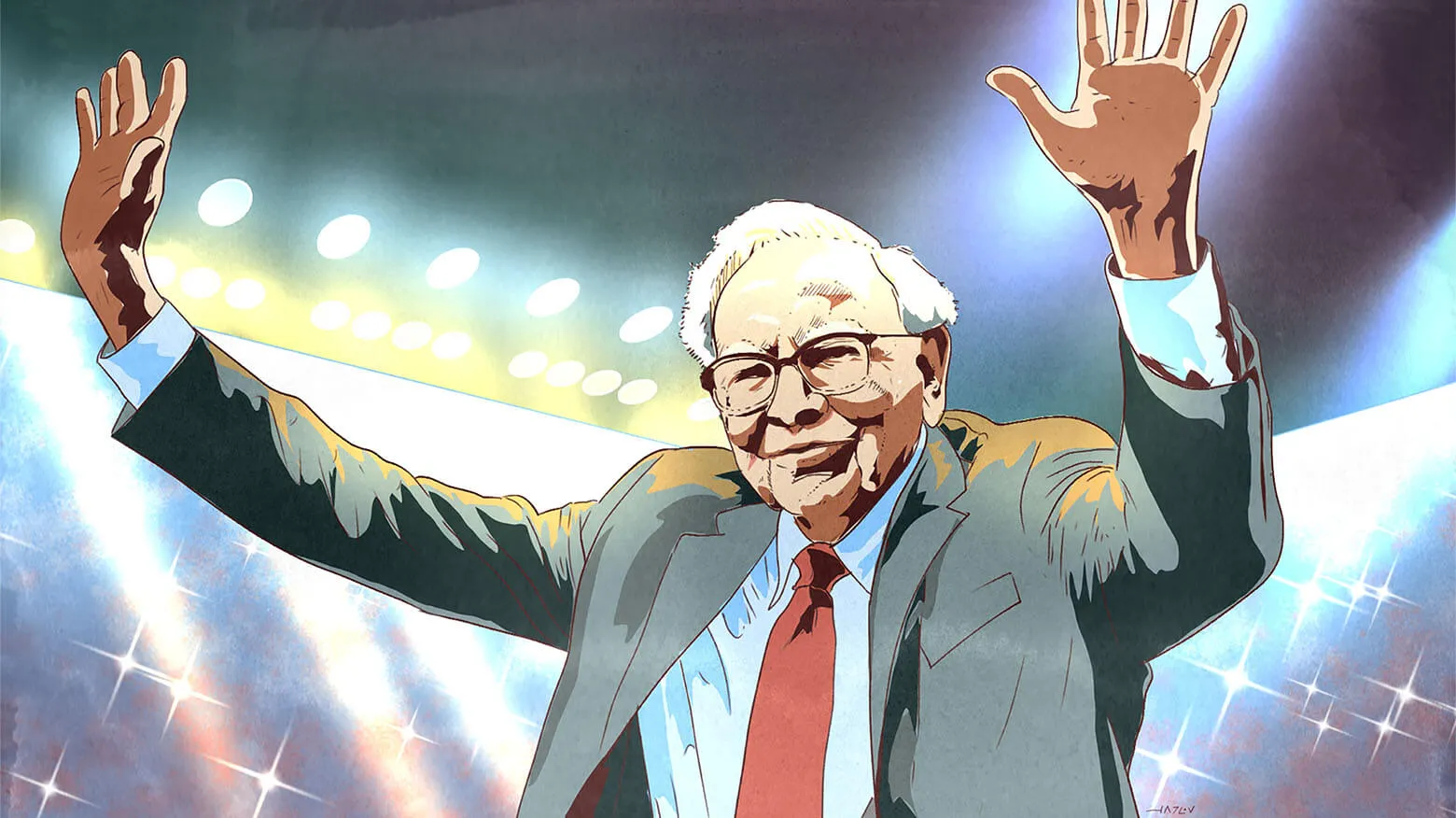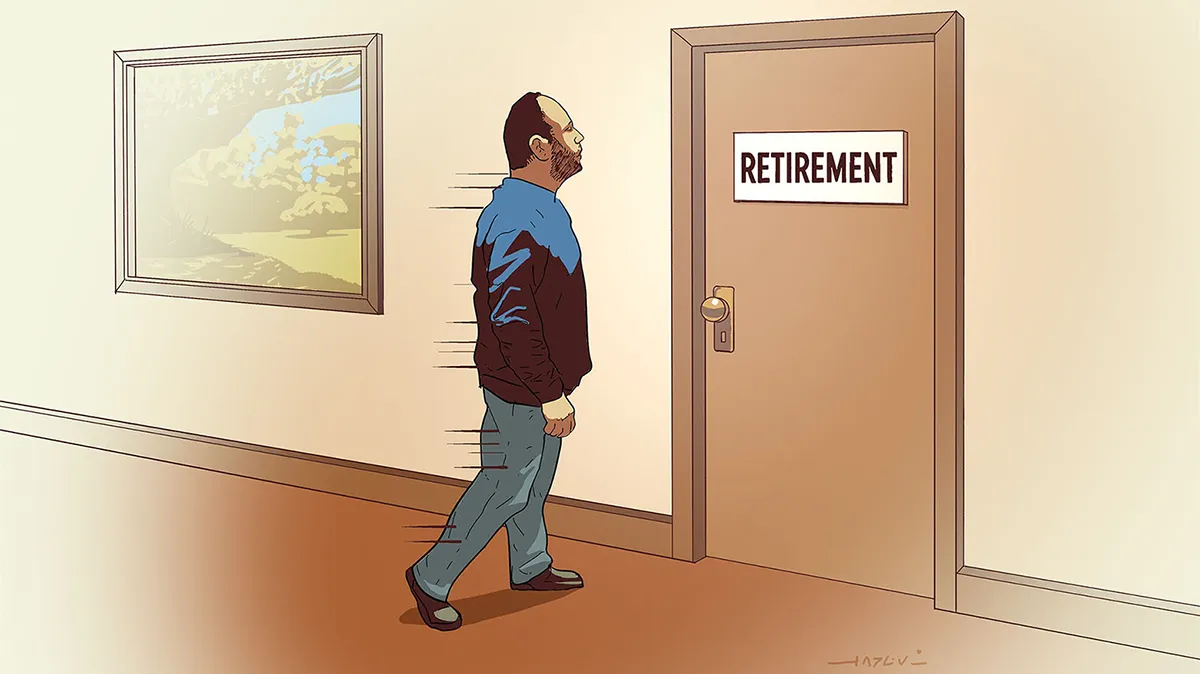I tell you, every time I talk to someone who has shopped at Jos. A. Bank (and had a great experience by the way), has seen company’s commercial on TV, or simply read the company’s quarterly earnings report (key word here is earnings, not losses), I have to pinch myself to remind myself that the company is still around.
Why do I have to subject myself to this pain? It’s simple: 92% of Jos. A. Bank’s share float is short. Yes, for every 100 shares that are available to be traded 92 are short. I have never seen that ratio this high, ever!
Short-sellers are smart cookies. What do they know that I don’t? As one animated TV personality might say, or actually yell, “They know nothing!”
This is one hated stock. Shorts have been arguing for a long time that the company’s inventory is too high. Jos. A. Bank’s inventory level is double that of its closest competitor Men’s Wearhouse, and it has doubled since current management came on board in the late 1990s.
Usually, high inventory level is a sign of trouble for a retailer; this is not the case with JOSB. Inventory was increased deliberately, and that increase brought an improvement in every single operating ratio: sales per square foot, profit margins, return on capital and more. JOSB management has embarked on this unorthodox strategy not because it wants to make short-sellers happy; quite the opposite, because men only shop a couple of times a year, and thus the company wants to make sure that the shopping experience is pleasant and that all the sizes and styles needed are available. Also, this is not a teen retailer or grocery store where inventory “spoils” in the matter of days. Look at a picture of President Kennedy and then a couple of this year’s candidates. Men’s fashion hasn’t changed much in 20 to 40 years it won’t change much in the next 20.
On Wednesday, when JOSB reported July quarter results, there were no surprises. Sales were up 13%, and inventories up 12.3%, but they lagged sales growth, a great sign. The company is maintaining its gross margins–they did not budge in the quarter–but it has increased its marketing spending dramatically, explaining why earnings were up only 7.5% in the quarter or 14.1% for the six-month period.
JOSB must be taking market share and taking names. Oh, please somebody explain to short-sellers that JOSB has no interest-bearing debt and has $60 million cash (I expect the cash number to push over $100 million by the end of holiday season) and is trading at 7.5 times earnings if you take out the cash.
I presented JOSB at Value Investing Congress in Pasadena in May this year.









0 comments